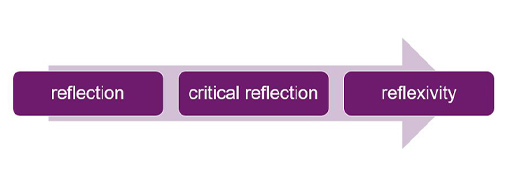2 Principles of SoTL
A SoTL inquiry is a focused, systematic investigation into a well-defined aspect of student learning, the outcomes of which are made public, and one or more research questions guide the way the research is designed and conducted in an inquiry.
In this section, we discuss six principles of SoTL, which can serve as heuristics to guide the design, development and evaluation of a SoTL inquiry. The first five principles are adapted from Felten (2013).
1. Inquiry focused on student learning and engagement
SoTL involves question-asking, inquiry and investigation around issues of student learning and engagement. Learning should be understood broadly to include not only disciplinary knowledge or skill development, but also the cultivation of attitudes or habits that connect to learning (Felten, 2013). Student engagement implies active student involvement in activities and conditions linked with high-quality learning.
2. Grounded in context
A SoTL inquiry is grounded in one of more of these contexts: a particular classroom, a cohort of students, a module, a discipline, a department or an institution. It builds on prior research reported in the literature.
3. Rigorous and methodologically sound research design
A SoTL inquiry requires rigorous application of research design that help to answer the question(s) of the SoTL inquiry (Ciccone, 2019). The research design includes ethical approvals, data collection and data analysis methods, and data storage and data management tools and procedures. As with all research, the SoTL researcher lets the research question(s) guide the research design.
4. Conducted in partnership with students
A SoTL inquiry is conducted in partnership with students as research participants, co-designers of the inquiry, co-researchers or co-authors of reports of a SoTL inquiry. While full partnership may not be practical or appropriate in all SoTL projects, good practice requires engaging students in the inquiry process.
5. Appropriately public for evaluation and uptake by peers
‘Going public’ or sharing the outcomes of a SoTL inquiry is an essential part of being open to critique, using a form that others can use and build on. This could involve sharing the outcomes through internal workshops, presentations and reports initially, and as a preparation for scholarly publications in peer-reviewed journals and conferences.

6. Reflection, critical reflection and reflexivity
Reflection, critical reflection and reflexivity are integral to SoTL practice and inquiry.
Reflection is a tool for SoTL researchers to reflect on their practice, to deepen their understanding of student learning and to generate ideas for innovations to enhance student experience.
Critical reflection by educators is the sustained and intentional process of identifying and checking the accuracy and validity of existing teaching assumptions, and thereby continuously accessing new lenses to view their academic practice and alter their perspectives (Larrivee, 2000).
Reflexivity requires critical self-reflection of the ways in which researchers’ social background, assumptions, biases, positioning and behaviour impact on the research process and on the knowledge outcomes.
Finlay and Gough (2003, p. ix) find it helpful to think of reflection, critical reflection and reflexivity concepts forming a continuum (as in Figure 2). At one end stands reflection, and at the other end stands reflexivity: a more immediate and dynamic process which involves continuing self-awareness. Critical reflection lies somewhere in between.
The concepts of reflection, critical reflection and reflexivity are discussed in detail in the next section.

